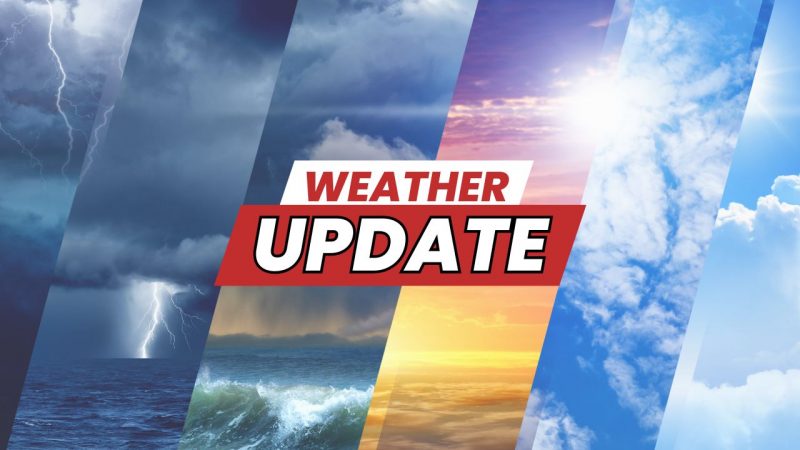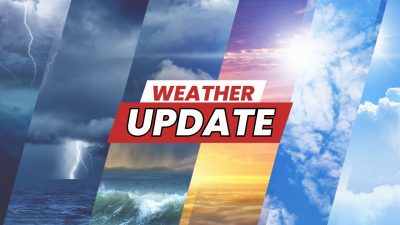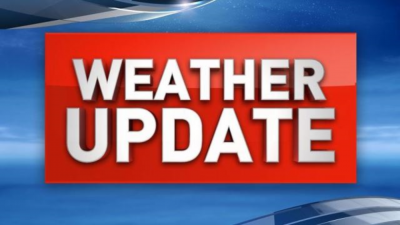MANILA – As Typhoon Ofel (international name Usagi) continues to intensify, the Philippine Atmospheric, Geophysical and Astronomical Services Administration (PAGASA) has raised Tropical Cyclone Wind Signal (TCWS) No. 4 over the northeastern portion of mainland Cagayan, including the municipalities of Santa Ana, Gonzaga, and Santa Teresita.
The typhoon’s maximum sustained winds have reached 165 km/h, with gusts up to 205 km/h, putting the storm on the brink of the super typhoon category.
According to PAGASA’s 5:00 AM bulletin on Thursday (14 Nov 2024), Ofel was located 215 km east of Echague, Isabela, and is expected to make landfall along the eastern coast of Cagayan or northern Isabela by Thursday afternoon.
Areas Under Signal No. 4, 3, and 2 Face Severe Weather Threats
TCWS No. 4: Typhoon-force winds are expected to hit northeastern Cagayan, including Santa Ana, Gonzaga, and Santa Teresita.
TCWS No. 3: Storm-force winds will affect the northwestern, central, and eastern portions of Cagayan, as well as the Babuyan Islands, northeastern Isabela, and northern Apayao.
TCWS No. 2: Gale-force winds are forecast for Batanes, most of Cagayan, portions of Isabela, Apayao, Kalinga, Abra, Ilocos Norte, and Ilocos Sur.
Heavy rainfall is expected to bring intense to torrential downpours in Cagayan and Isabela, with heavy rains also affecting Batanes, Ilocos Norte, Apayao, and Kalinga. A moderate to high risk of life-threatening storm surges, with peak heights of 1 to 3 meters, poses a threat to low-lying or coastal areas in the affected provinces.
Dangerous Sea Conditions
A gale warning has been issued for the northern and eastern seaboards of Northern Luzon, and the eastern seaboard of Central Luzon. Sea travel remains hazardous for all types and sizes of vessels.
PAGASA forecasts that Ofel will continue to intensify for the next 12 hours and is likely to reach its peak intensity by the time of landfall. Residents in the affected areas are advised to take necessary precautions as the typhoon approaches.
ia/mnm



